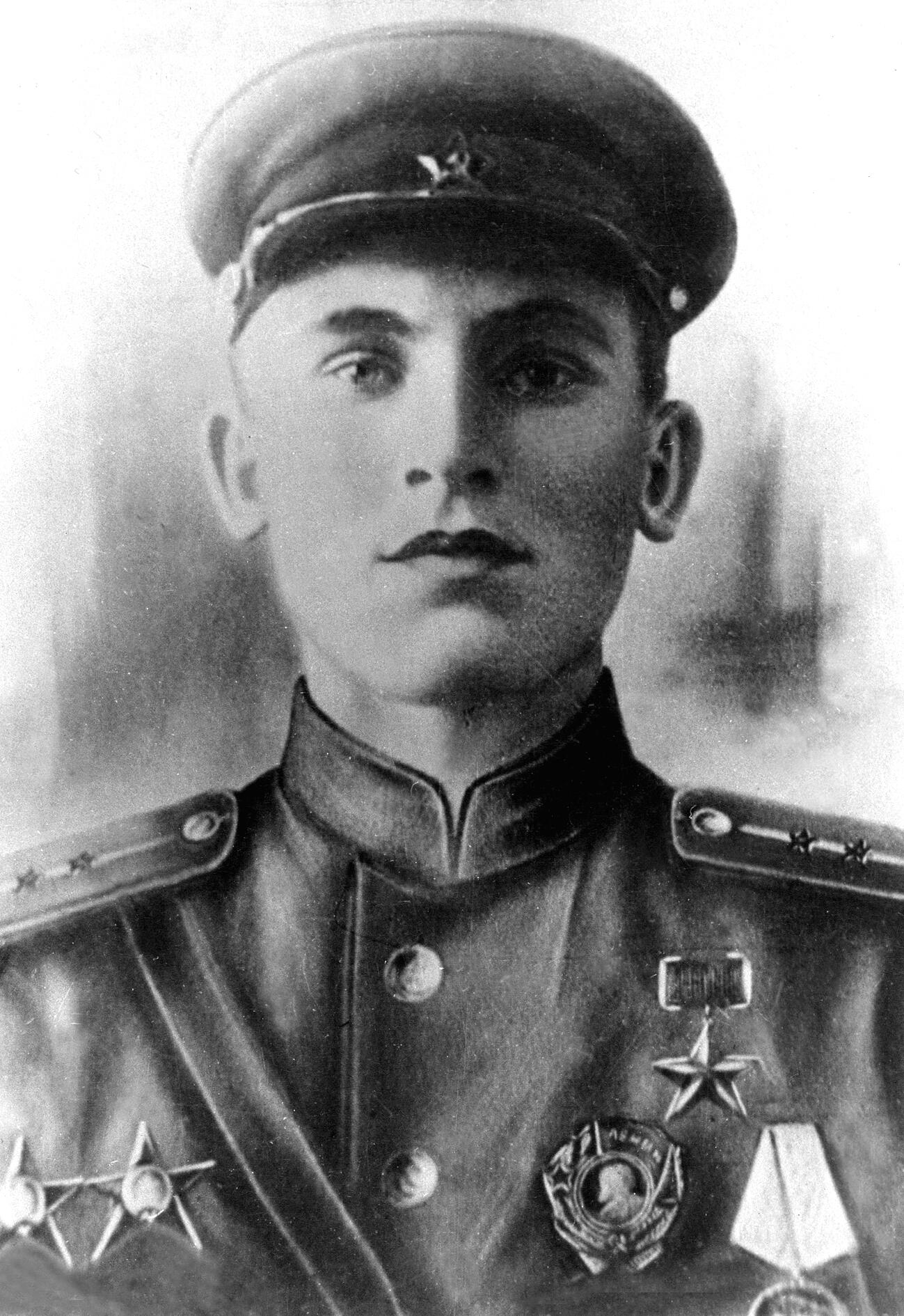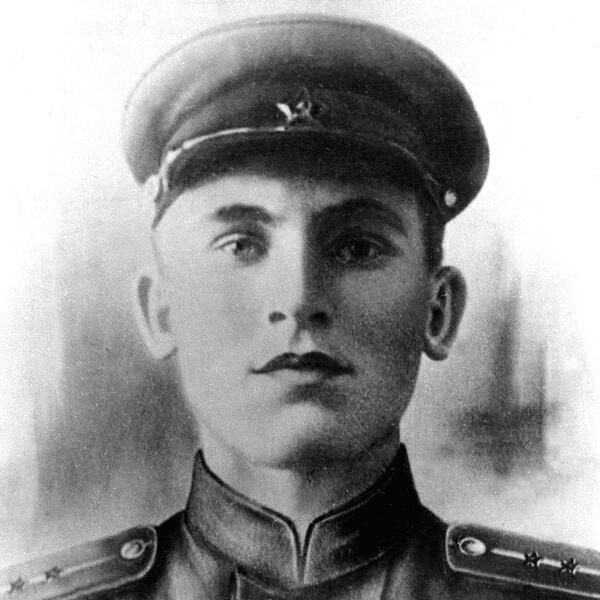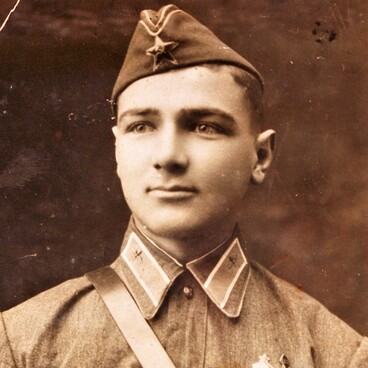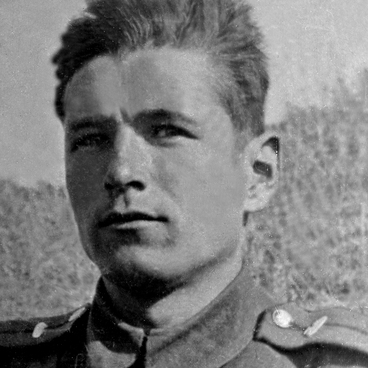Andrey Belgin was born in 1920 in the village of Umanskaya (now Leningradskaya), Krasnodar region. When Belgin was 18 years old, he was drafted into the Red Army. Then he graduated from the Kharkiv military medical school, participated in the Soviet-Finnish War. When the Great Patriotic War began, Andrew Belgin was in the active army from October 1941, fighting on the North-West, Stalingrad, Don and Voronezh fronts.
In July 1943, Belgin participated in one of the largest battles of the Great Patriotic War — the Battle of Kursk. On the first day of the battles, July 5, at the Kursk Bulge, Belgin’s battalion was in the second echelon of the army, in the forest near the village of Nikolskoye in the Shebekino district. In the evening they received orders to take up defensive positions at the main defensive line near the village of Krutoy Log (now the Belgorod district).
At night Andrey Belgin’s battalion advanced to its destination carrying the ammunition. After the march the soldiers dug up trenches and equipped the front line. At dawn, July 6, the Germans took the offensive. Battalion positions were attacked by 70 tanks. Captain Belgin was in the most dangerous areas of defense. He was wounded, but remained at the command post, keeping in touch with regimental headquarters and company commanders. When one of the enemy tanks approached the trench, Belgin hit it with a grenade, but soon was killed by the another tank’s fire.
The battle of the “Belgin” battalion that day lasted for 12 hours. The soldiers withstood 11 attacks, destroyed 14 tanks and killed several hundred enemy soldiers. By the end of the day only a quarter of the unit’s men were still alive, but the battalion had not given up its positions. Later all the soldiers were awarded with orders and medals for the battles at the Kursk Bulge, and Captain Belgin was posthumously awarded the title of the Hero of the Soviet Union.
Andrey Belgin was buried in a mass grave at the edge of the forest two kilometers northeast of the village of Krutoy Log, and on July 23 he was reburied together with his comrades-in-arms in the village of Nikolskoye in Shebekino district.
In August 1963, Belgin’s parents and son visited the grave. They visited the battle sites and the cemetery with a then simple gravestone decorated with a five-pointed star. Two years later, they were invited again to Nikolskoye for the opening ceremony of the monument to fallen Soviet soldiers.
In July 1943, Belgin participated in one of the largest battles of the Great Patriotic War — the Battle of Kursk. On the first day of the battles, July 5, at the Kursk Bulge, Belgin’s battalion was in the second echelon of the army, in the forest near the village of Nikolskoye in the Shebekino district. In the evening they received orders to take up defensive positions at the main defensive line near the village of Krutoy Log (now the Belgorod district).
At night Andrey Belgin’s battalion advanced to its destination carrying the ammunition. After the march the soldiers dug up trenches and equipped the front line. At dawn, July 6, the Germans took the offensive. Battalion positions were attacked by 70 tanks. Captain Belgin was in the most dangerous areas of defense. He was wounded, but remained at the command post, keeping in touch with regimental headquarters and company commanders. When one of the enemy tanks approached the trench, Belgin hit it with a grenade, but soon was killed by the another tank’s fire.
The battle of the “Belgin” battalion that day lasted for 12 hours. The soldiers withstood 11 attacks, destroyed 14 tanks and killed several hundred enemy soldiers. By the end of the day only a quarter of the unit’s men were still alive, but the battalion had not given up its positions. Later all the soldiers were awarded with orders and medals for the battles at the Kursk Bulge, and Captain Belgin was posthumously awarded the title of the Hero of the Soviet Union.
Andrey Belgin was buried in a mass grave at the edge of the forest two kilometers northeast of the village of Krutoy Log, and on July 23 he was reburied together with his comrades-in-arms in the village of Nikolskoye in Shebekino district.
In August 1963, Belgin’s parents and son visited the grave. They visited the battle sites and the cemetery with a then simple gravestone decorated with a five-pointed star. Two years later, they were invited again to Nikolskoye for the opening ceremony of the monument to fallen Soviet soldiers.



